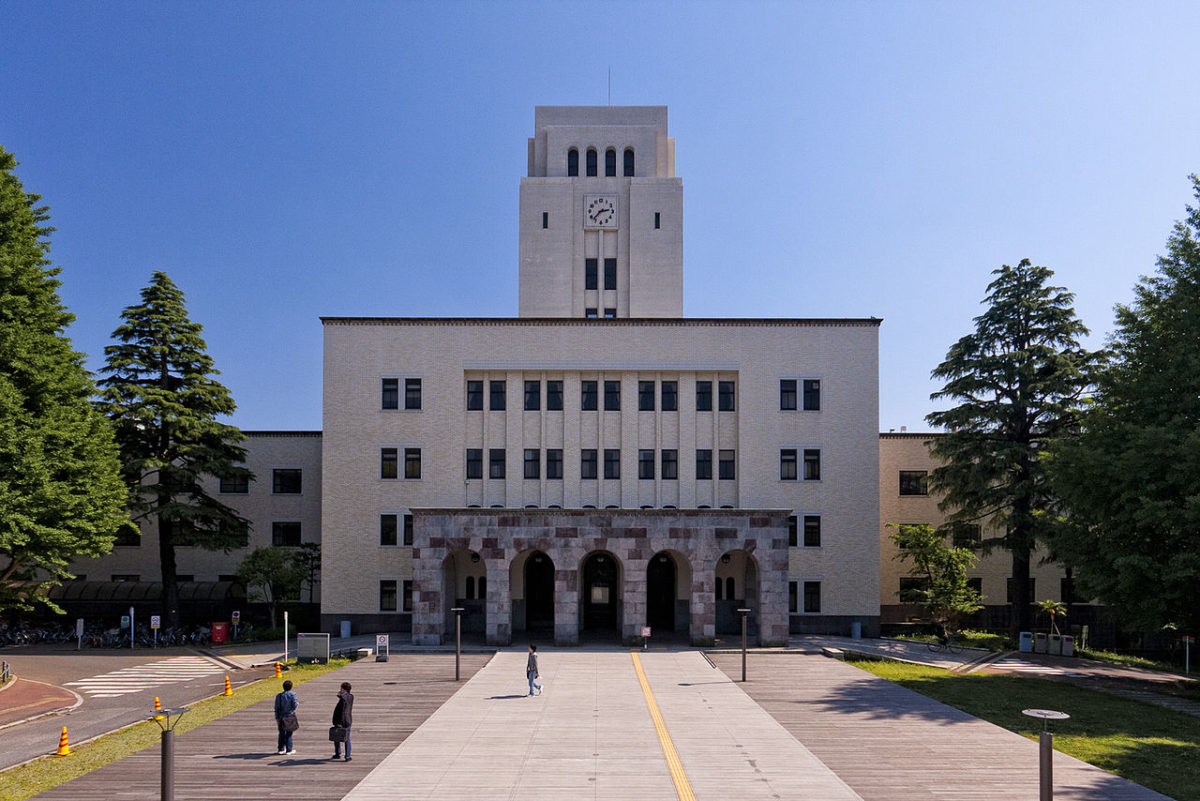An international research team from Japan’s Tokyo Institute of Technology, Egypt’s Benha University and the Egypt-Japan University of Science and Technology (E-JUST) has assessed the thermal behavior of a concentrator photovoltaic (CPV) system including phase change material (PCM) heat sinks for thermal management.
A novel design of the CPV-PCM system including a PCM enclosure with different over height ratios was proposed in order to avoid the typical melting behavior of the PCM and ensure low and uniform temperature distribution along the solar cell. The melting behavior is responsible for the formation of stratified liquid layers that can cause temperature non uniformity along the solar cell and generate potential hot spots in the upper part of the cell.
The scientists tested a CPV system at different over height ratios of 0, 20, 40 and 60% and at solar concentration ratios of 5 and 1. The over height ratio is defined as the ratio between the over height length of the PCM heat sink to the solar cell length. The over height length of the PCM heat sink is defined as the distance between the end of the solar cell and the end of PCM container.
“The system was experimentally investigated at inclination angles of −45°, 0° and 45° during melting of RT35HC-PCM at a heat flux value of 3000W/m2,” the scientists explained. The RT35HC is a PCM produced by German company Rubithem Technologies GmbH, which is a heat storage material claimed to be able to store and release large quantities of thermal energy at nearly constant temperature.
The Japanese-Egyption group created a comprehensive two-dimensional mathematical model for the CPV cell layers combined with the PCM. “The model can track the liquid-solid interface evolution and predict the temperature field of the PCM and the solar cell,” it stated. “Based on the obtained results, the over height ratio and inclination angle that showed the best CPV performance are identified.”
The researchers found that the system orientation angle has a significant influence on the average temperature and performance of the solar cell. “At an inclination angle of −45° and a concentration ratio of 5, the peak cell temperature reduces from 92 to 74°C, and the temperature uniformity varies from 13.7 to 5.3° as the over height ratio rises from zero to 60%,” they stated. “However, at an inclination angle of 45° only, a slight reduction in the peak cell temperature is observed along with a minor improvement of temperature uniformity.”
They concluded that, with CPV systems requiring a negative orientation, high values of over height ratios must be considered.
The findings of the research were presented in the paper Thermal management of concentrator photovoltaic systems using new configurations of phase change material heat sinks, published in Solar Energy.
This content is protected by copyright and may not be reused. If you want to cooperate with us and would like to reuse some of our content, please contact: editors@pv-magazine.com.




5 comments
By submitting this form you agree to pv magazine using your data for the purposes of publishing your comment.
Your personal data will only be disclosed or otherwise transmitted to third parties for the purposes of spam filtering or if this is necessary for technical maintenance of the website. Any other transfer to third parties will not take place unless this is justified on the basis of applicable data protection regulations or if pv magazine is legally obliged to do so.
You may revoke this consent at any time with effect for the future, in which case your personal data will be deleted immediately. Otherwise, your data will be deleted if pv magazine has processed your request or the purpose of data storage is fulfilled.
Further information on data privacy can be found in our Data Protection Policy.